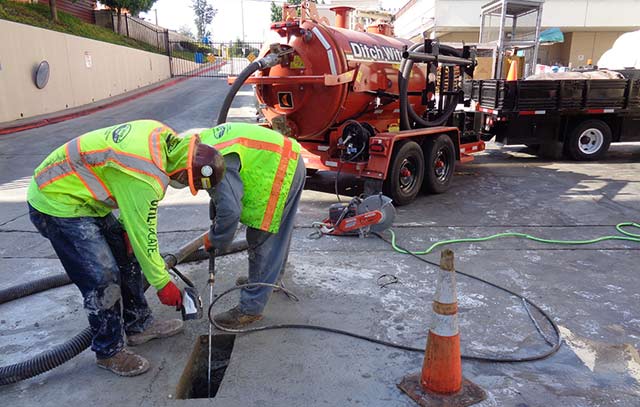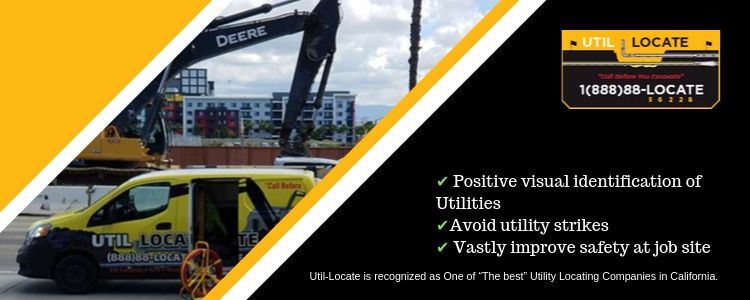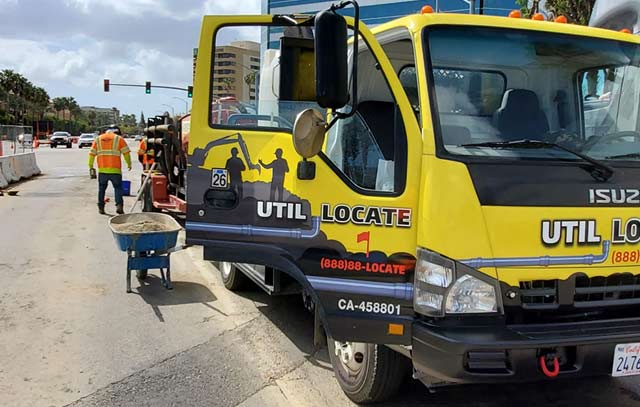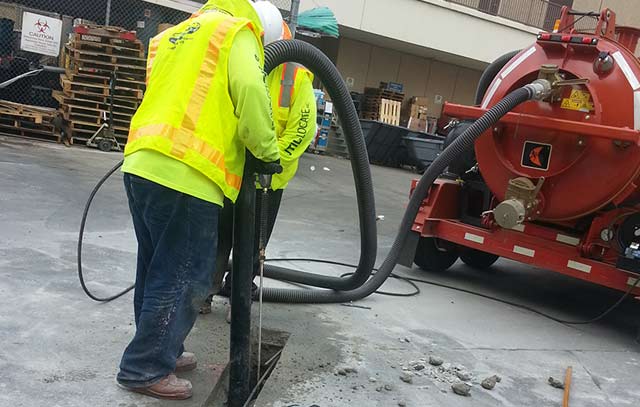The value of precision in any construction project is hard to overstate. If the technology age has taught us anything, it is the value of miniaturization, precise tolerances, and optimizing the process of building a solid foundation for future improvement.
The high-tech environment comes with its share of challenges, however. Beneath our feet is a maze of electrical connections, gas lines, sewer, and water lines and data cables. It seems every building has its own collection of interfaces to city and county facilities. Things are only going to get more complex as time goes on. Construction crews, contractors, and even utility workers can’t afford to make mistakes when it comes to surveying a site for repairs, new construction, or simple maintenance checks.
The solution is to find a company with the experience and the tools to make vacuum excavation and utility potholing simple, quick and effective.
Keeping It Simple
Vacuum excavation services relies on what would seem to be the simplest of principles. Dirt and debris are mixed with water, liquified, and extracted with a high-powered vacuum. It is what regulators call a “non-destructive” process. This new and effective means of removing dirt and rocks from around sensitive underground facilities is now required by some states when crews are digging near safe zones.
Once the underground work is complete, the dirt is replaced by merely reversing the pressure. In the interim, the liquified material is stored in a tank on site. As an added bonus, since the material is already liquified, when it is replaced it “sets” very much like cement. There is often little evidence any digging ever took place. See more about vacuum digging.
Safety First
Imagine you are building on a site with pre-installed utilities. You have a backhoe in operation. This means digging at the site without sufficient information or worse, outdated information about what kinds of utility lines are present and where they are located. The backhoe blade strikes a gas line. There is a spark.
This is the kind of situation vacuum excavation, and potholing is meant to prevent. It is necessary to know the precise whereabouts of utility lines. It is also vital to understand the nature of those lines and what they might present in terms of hazards. Safety is always of utmost concern at a job site. The crews are at risk, and so is utility service to the surrounding neighborhoods and region.
Digging precisely and with the right tools and process allows you to know with specificity before you engage in large-scale digging or construction. Making the wrong decision or being in too big a hurry carries with it risks no construction crew should have to face.
The Right Team
It is in every stakeholder’s best interest to have experts in their field doing the work they were trained to do. This is why you need an experienced and knowledgeable team at your construction site to find the utility lines before your crew accidentally damages them. It is better and safer for everyone involved, and in the long run, it will save you time and money.





